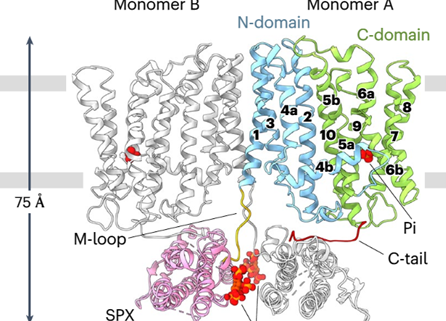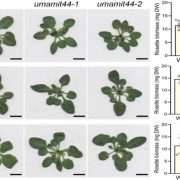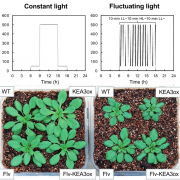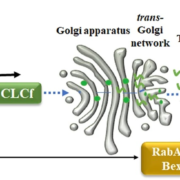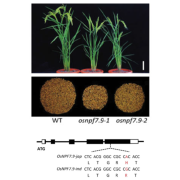Structural insights into PHO1: A key regulator of phosphate translocation in plants
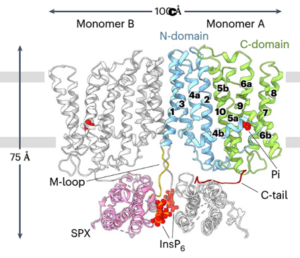 Phosphorus (P) is an essential macronutrient required for plant growth, development, and reproduction. It is primarily absorbed by plant roots in the form of orthophosphate (Pi). The root-to-shoot translocation of Pi depends on a crucial xylem-loading process mediated by PHOSPHATE 1 (PHO1), a Pi efflux transporter expressed in the pericycle and xylem parenchyma cells. Mutations in PHO1 result in severely impaired shoot growth and reduced seed production. Although the physiological role of PHO1 has been recognized for over two decades, its structure and gating mechanism were only recently elucidated. Using a combination of crystallography and modeling tools, Fang and colleagues resolved the Arabidopsis PHO1;H1 (AtPHO1;H1) structure, revealing an N-terminal cytoplasmic SPX domain, a transmembrane EXS domain, and a partially disordered C-terminal tail. The EXS domain facilitates Pi translocation and is gated by the residues Trp719 and Tyr610. The SPX domain binds PP-InsP molecules to regulate transport activity, while the C-terminal tail contributes to dimer formation and PP-InsP binding. These findings provide critical insights for optimizing phosphorus-use efficiency (PUE) in plants, which is essential for reducing dependence on P fertilizers and promoting sustainable, environmentally friendly agriculture. (Summary by Ching Chan @ntnuchanlab) Nature Plants 10.1038/s41477-024-01895-6
Phosphorus (P) is an essential macronutrient required for plant growth, development, and reproduction. It is primarily absorbed by plant roots in the form of orthophosphate (Pi). The root-to-shoot translocation of Pi depends on a crucial xylem-loading process mediated by PHOSPHATE 1 (PHO1), a Pi efflux transporter expressed in the pericycle and xylem parenchyma cells. Mutations in PHO1 result in severely impaired shoot growth and reduced seed production. Although the physiological role of PHO1 has been recognized for over two decades, its structure and gating mechanism were only recently elucidated. Using a combination of crystallography and modeling tools, Fang and colleagues resolved the Arabidopsis PHO1;H1 (AtPHO1;H1) structure, revealing an N-terminal cytoplasmic SPX domain, a transmembrane EXS domain, and a partially disordered C-terminal tail. The EXS domain facilitates Pi translocation and is gated by the residues Trp719 and Tyr610. The SPX domain binds PP-InsP molecules to regulate transport activity, while the C-terminal tail contributes to dimer formation and PP-InsP binding. These findings provide critical insights for optimizing phosphorus-use efficiency (PUE) in plants, which is essential for reducing dependence on P fertilizers and promoting sustainable, environmentally friendly agriculture. (Summary by Ching Chan @ntnuchanlab) Nature Plants 10.1038/s41477-024-01895-6


